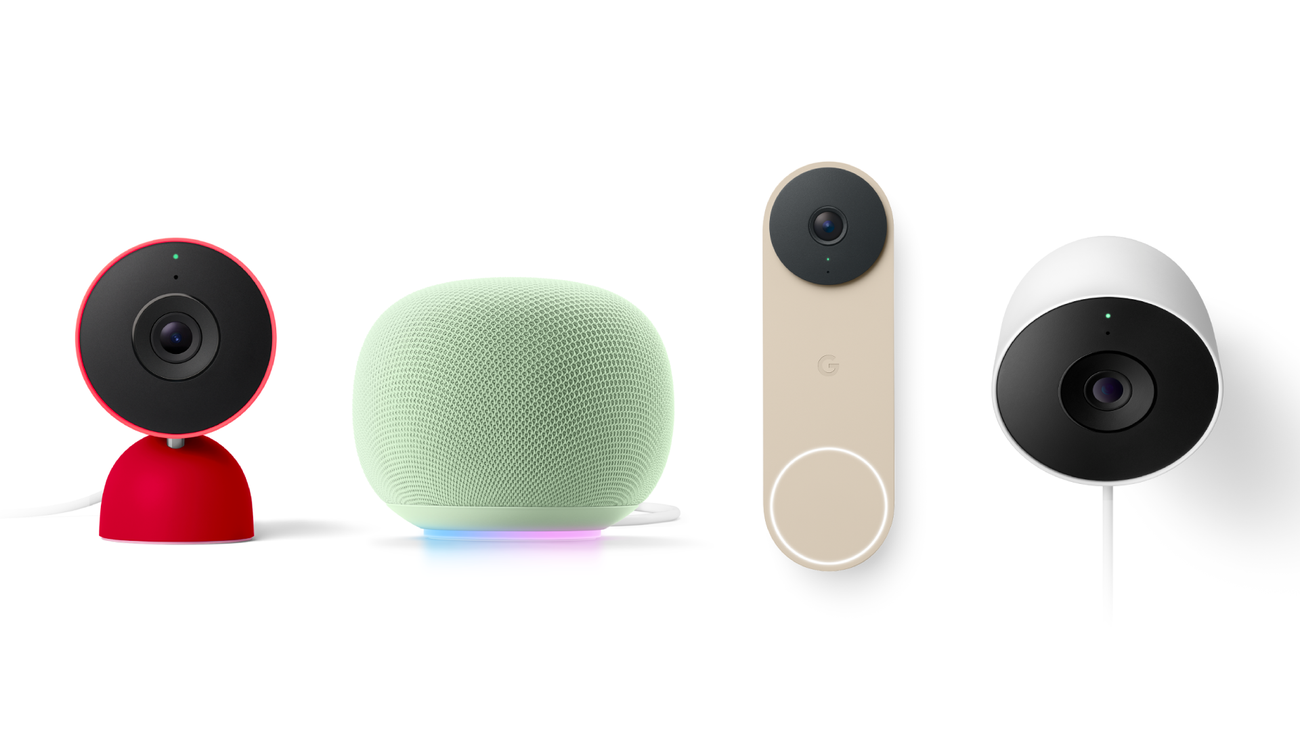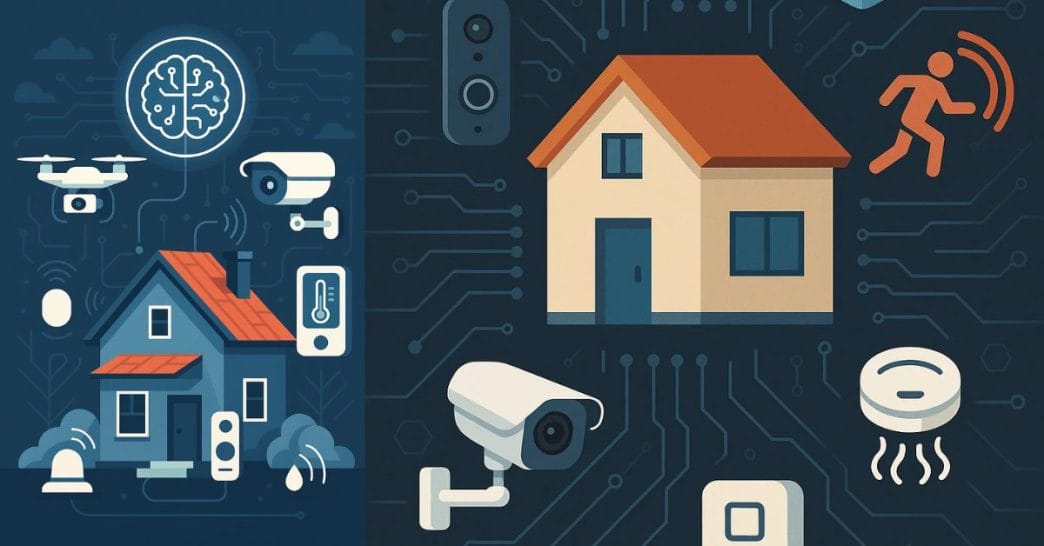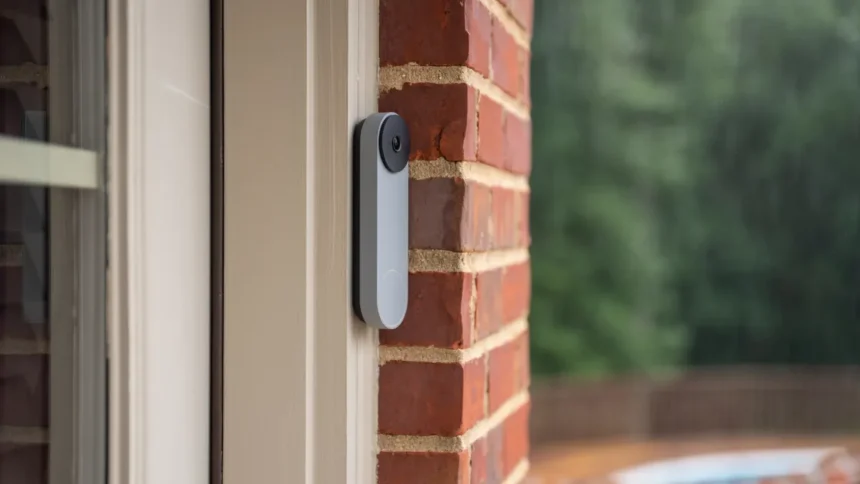The way we interact with our homes is changing faster than ever. What used to be a simple doorbell ring has now evolved into a high-tech experience powered by artificial intelligence. Google, a pioneer in smart home technology, has announced its latest innovation — AI-powered doorbells. These devices are designed to make home security, convenience, and daily living smarter and more efficient than ever before.
In this article, we’ll break down everything you need to know about Google’s AI doorbell upgrade, how it works, why it matters, and what it means for the future of smart homes.
The Rise of the Smart Home
Over the last decade, smart home devices have moved from being luxury gadgets to everyday necessities. Products like Google Nest Hub, Amazon Echo, and smart thermostats have already set the stage for how we live in connected environments.
Doorbells, too, have had their journey. From traditional buzzers to video doorbells with cameras and Wi-Fi, the evolution has been steady. But Google’s latest upgrade pushes the boundaries even further by embedding artificial intelligence into the core functions of doorbells.
What Makes Google’s AI Doorbells Different?

Traditional smart doorbells mostly focus on video streaming and motion detection. Google’s AI doorbells take it a step further:
-
Facial Recognition and Identification
AI technology allows the doorbell to recognize familiar faces, such as family members, friends, or delivery personnel. It can notify you with customized alerts — for example: “Your friend Sarah is at the door” rather than just “Someone is at the door.” -
Package Detection
With online shopping booming, package theft has become a real concern. The AI doorbell can detect packages left at your doorstep and notify you instantly. It can also monitor the package until you pick it up. -
Smart Alerts with Context
Instead of bombarding users with unnecessary alerts, AI helps filter notifications. It distinguishes between a passing car, a stray animal, and an actual visitor — reducing false alarms. -
Integration with Google Home Ecosystem
The new doorbells connect seamlessly with Google Nest cameras, Google Home speakers, and even your phone, creating a smooth, unified home experience. -
Two-Way Conversation Enhanced by AI
You can talk to the person at the door even if you’re away. AI can enhance audio quality by filtering background noise, making conversations clearer.
Why AI in Doorbells Matters

Smart home adoption has always revolved around three pillars: security, convenience, and personalization. Google’s AI doorbells elevate all three.
-
Security: With face recognition and package monitoring, homeowners feel safer. AI can even detect unusual activity and alert you instantly.
-
Convenience: No need to guess who is at the door. Personalized alerts save time and make interactions smoother.
-
Personalization: AI learns your preferences. For example, if you don’t want to be disturbed during certain hours, the doorbell can mute notifications unless it’s a familiar visitor.
Features in Detail
1. Advanced Video and Audio
Google’s AI doorbell captures high-definition video, even in low light. Combined with AI-powered enhancements, video clarity improves significantly. The microphone and speaker system are tuned for natural conversations, even in noisy environments.
2. AI-Powered Security Modes
The doorbell can sync with your phone’s GPS. If it detects you’re away, it automatically switches to heightened monitoring mode. Suspicious activities can trigger instant alerts.
3. Package Theft Prevention
Beyond detection, AI can track the presence of a package and notify you if someone attempts to remove it. It’s an extra layer of defense against “porch pirates.”
4. Family and Guest Recognition
For households with frequent visitors, AI can distinguish between familiar and unknown faces. This helps reduce unnecessary alerts for family members while keeping you informed about strangers.
5. Integration with Smart Locks
Paired with Google’s smart lock systems, AI doorbells could eventually allow trusted individuals entry without you needing to be at home.
How AI Doorbells Work
At the heart of the system are machine learning models trained to recognize patterns. Using vast amounts of image and video data, Google has built algorithms that:
-
Detect human faces and differentiate them from objects or animals.
-
Analyze package shapes to detect deliveries.
-
Understand behavior patterns, such as loitering near your doorstep.
-
Continuously learn from user interactions to improve accuracy.
All of this is processed through a combination of on-device AI (edge computing) and cloud-based intelligence, ensuring both speed and efficiency.
Privacy and Security Concerns

Whenever AI and cameras are involved, privacy becomes a central question. Google emphasizes that its AI doorbells:
-
Use encrypted video storage to prevent unauthorized access.
-
Allow users to control how long data is stored.
-
Provide options to disable certain features, such as face recognition, if users are uncomfortable.
-
Comply with regional privacy laws to ensure transparency.
Even with these measures, privacy advocates warn users to be cautious and ensure that security settings are properly configured.
Impact on Daily Life
Imagine the following scenarios:
-
You’re at work, and your child returns home from school. Instead of a generic alert, the doorbell says: “Your son has arrived.”
-
A delivery driver leaves a package at your doorstep. You receive an immediate notification with a snapshot, ensuring you know exactly when it arrived.
-
A stranger lingers outside your home late at night. The AI detects unusual behavior and notifies you before any incident occurs.
These small but meaningful improvements show how AI doorbells can reshape the way we interact with our homes.
Google vs Competitors
While companies like Ring (Amazon) and Arlo have been in the video doorbell market for years, Google’s AI-first approach sets it apart. Unlike competitors that primarily focus on hardware, Google leverages its powerful AI ecosystem, giving its doorbells a unique edge.
-
Ring Doorbells: Great video quality, strong Alexa integration.
-
Google AI Doorbells: Smarter alerts, advanced face recognition, deep Google Home integration.
-
Arlo: Strong in battery life and camera range but less advanced in AI personalization.
This competition will likely push the entire industry toward smarter, AI-driven solutions.
Challenges Ahead

Despite the excitement, Google’s AI doorbells face challenges:
-
Affordability – Advanced AI features may come at a premium cost, limiting adoption among budget-conscious households.
-
Privacy Debate – Concerns over surveillance could discourage some users.
-
Regulatory Hurdles – Countries with strict facial recognition laws may restrict certain features.
-
Dependency on Internet – While AI can work locally, most advanced features require strong connectivity.
The Future of AI Doorbells
This launch is just the beginning. Future iterations could include:
-
Voice Recognition at the Door – Identifying visitors not just by face but also by their voice.
-
Predictive Security – AI predicting suspicious activity before it happens.
-
Health Monitoring – Detecting emergencies like falls or accidents near the doorstep.
-
Complete Smart Home Control – The doorbell becoming a central hub for all connected devices.









